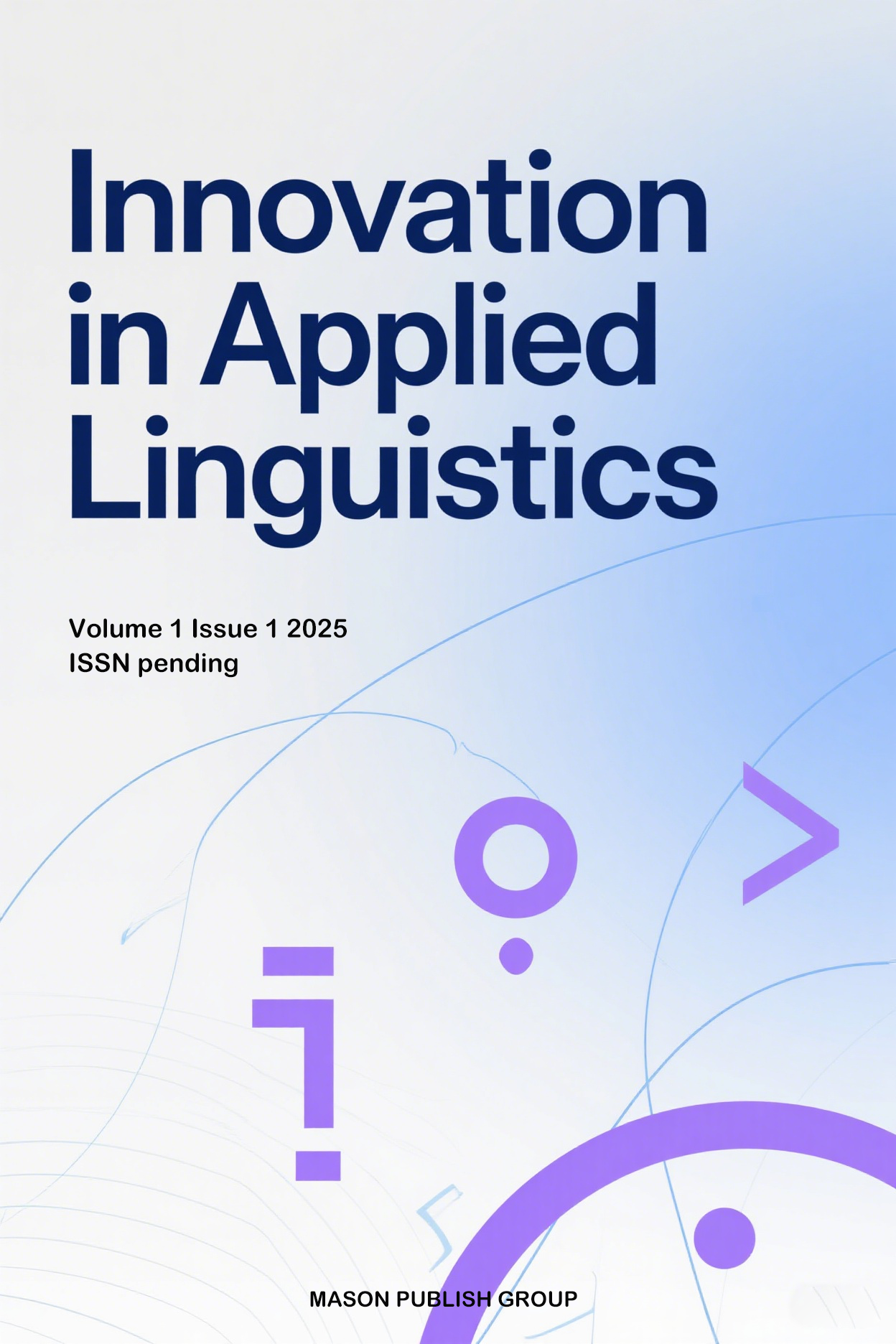A Corpus-Based Comparative Study on the Low-carbon Image Construction of Chinese and American Banks
DOI:
https://doi.org/10.37420/j.ial.2025.005Keywords:
low-carbon image, corpus-based discourse analysis, image construction, Chinese and American banksAbstract
The global transition to low-carbon development has elevated commercial banks to a pivotal role in advancing carbon finance and national sustainability agendas. China’s “dual-carbon” targets (carbon peaking by 2030 and carbon neutrality by 2060) underscore the strategic importance of green finance, prompting banks to leverage carbon finance initiatives for enhancing corporate social responsibility (CSR) images and market competitiveness.This study employs a corpus-based discourse analysis to compare CSR and ESG reports of major Chinese and American commercial banks from 2019 to 2022. It investigates two core dimensions: (1) the low-carbon images projected by banks and (2) the linguistic strategies underpinning these images. By analyzing high-frequency lexical clusters, keyword-in-context (KWIC) patterns, and discursive frameworks, the research reveals distinct cross-cultural narratives: Chinese banks emphasize policy alignment and green financial products (e.g., “green finance,” “sustainable development”), while American banks prioritize global climate governance (e.g., “Paris Agreement,” “climate risk”) and market-led sustainability commitments.The findings offers actionable insights for banks to refine their CSR narratives, aligning with both international climate frameworks and domestic policy imperatives. This comparative analysis bridges the gap between quantitative ESG research and qualitative discourse studies, shedding light on how language shapes corporate environmental identities in global financial sectors.



